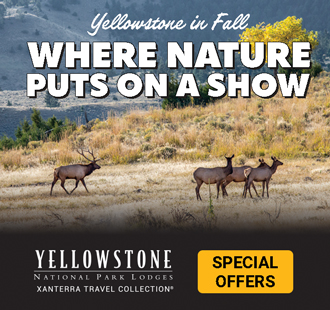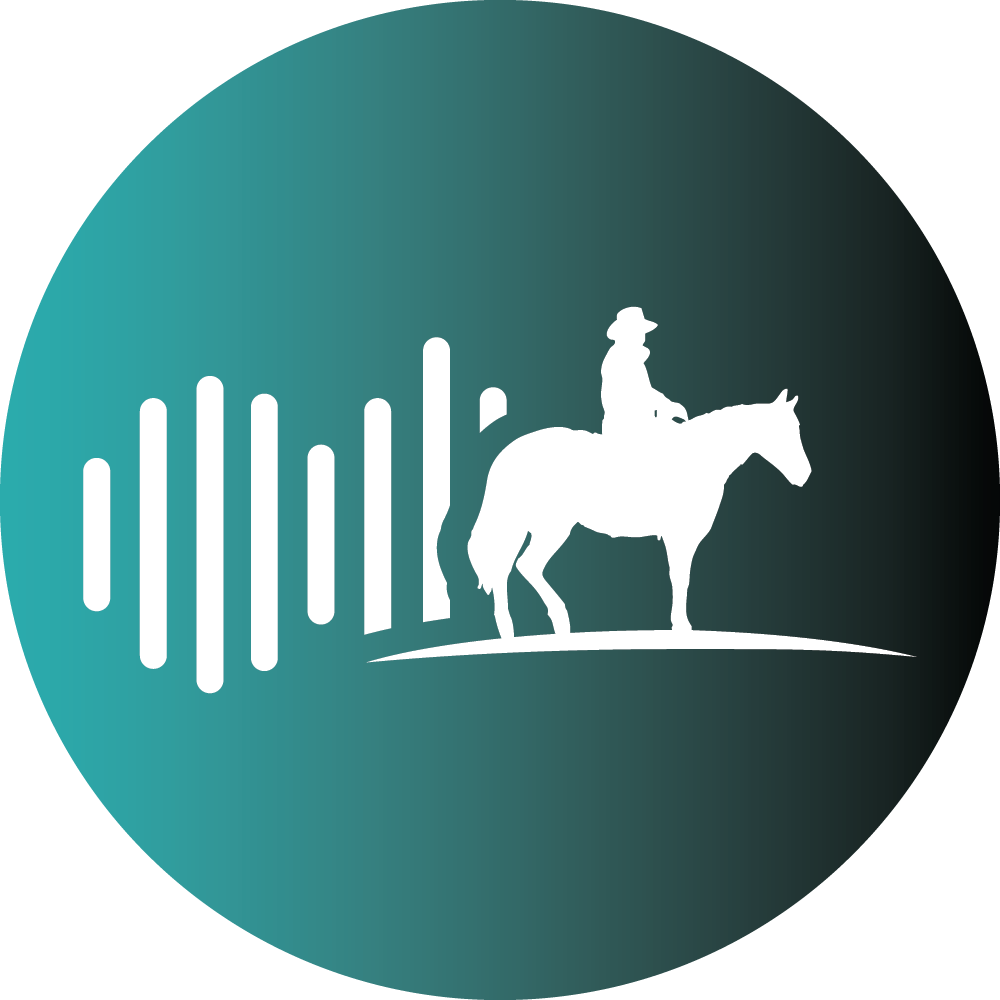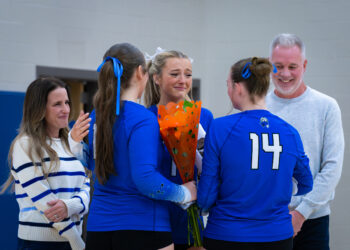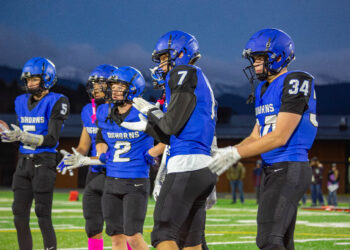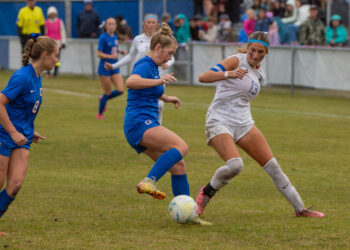‘Stay for the Season’ looks at Big Sky’s winter workforce, Community Support Group
By Jack Reaney SENIOR EDITOR
Editor’s note: Fischer Genau works as a multimedia journalist for Explore Big Sky and its publisher, Outlaw Partners. ‘Stay for the Season’ was produced by EBS.
This past winter, filmmaker Fischer Genau set out to shoot a documentary about Big Sky’s seasonal workforce, capturing the challenges, opportunities and support systems that a typical nonresident might experience when they move to Big Sky for a new winter gig.
The film, “Stay for the Season,” was produced by Explore Big Sky and premiered on YouTube and Vimeo on June 4.
The film runs 23 minutes and follows four main characters: Natalie Hernandez of Bogotá, Colombia; David Villalba of Bogotá, Colombia; Burak Güten of Izmir, Turkey; and Gaby Fuentes of Patulul, Guatemala.
The film also covers a relatively new, independent Big Sky organization, the Community Support Group, which aims to welcome seasonal workers and introduce them to community members, resources and activities to enhance their time in Big Sky.
EBS spoke with Genau to learn more about his winter project, and his process telling a story that can be overlooked in a fast-paced community.


Right: Filmmaker Fischer Genau. COURTESY OF FISCHER GENAU
Explore Big Sky: Just in your words as the filmmaker, what would you say is the story that you’re telling here in this film?
Fischer Genau: I think it’s just a story of four people coming to a brand new place and finding connection, dealing with isolation, and just finding a really unique and valuable experience that not many people get to have. And I think, really getting to talk to them like they’re just normal people living their lives, and they’re like, “I want to work somewhere. I want to travel. I’m going to try going to this random place”… just a story of them having this new experience.
And I think from our perspective… there’s also the Community Support Group angle… what it looks like to welcome a group of outsiders who are only here for a short period of time, and what their experience is like.
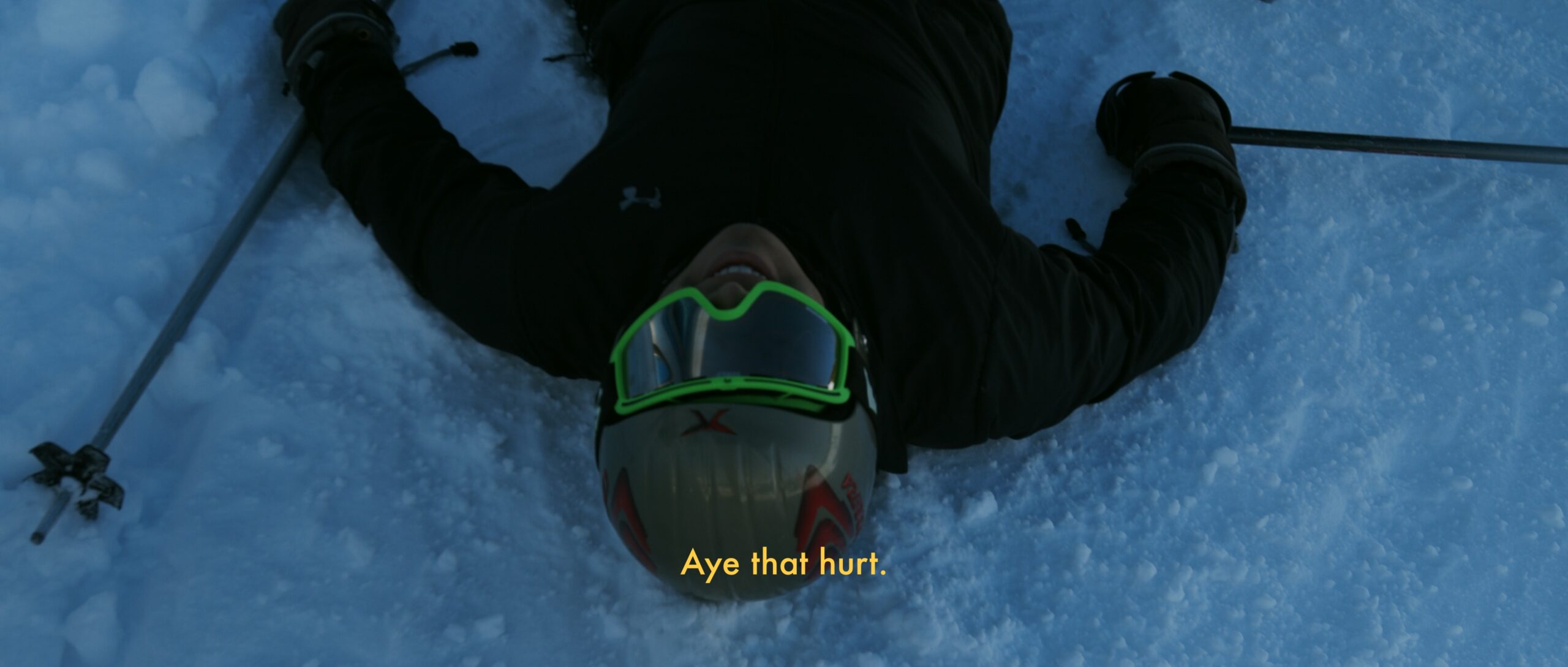
EBS: What did you learn about the Community Support Group?
FG: Yeah, the Community Support Group is awesome. I think it’s really the only thing in Big Sky—outside of these companies that people are coming to work for—that’s here to welcome them and help them meet people, other than the people they’re working with and living with… Not only will they meet people working at the Montage, if they work at the Yellowstone Club or at Rainbow Ranch, they also get to meet people that live in Big Sky.
And one of the coolest things that they do, in my opinion, is community-hosted dinners. And so a group of people working at Yellowstone Club who are from, you know, Ecuador and Turkey and Mexico, get to go have dinner with a local family and just talk about their lives… Without the Community Support Group, a lot of these people might never have the opportunity to do something like that. They might just kind of exist in their niche and not really get to see another side of Big Sky.
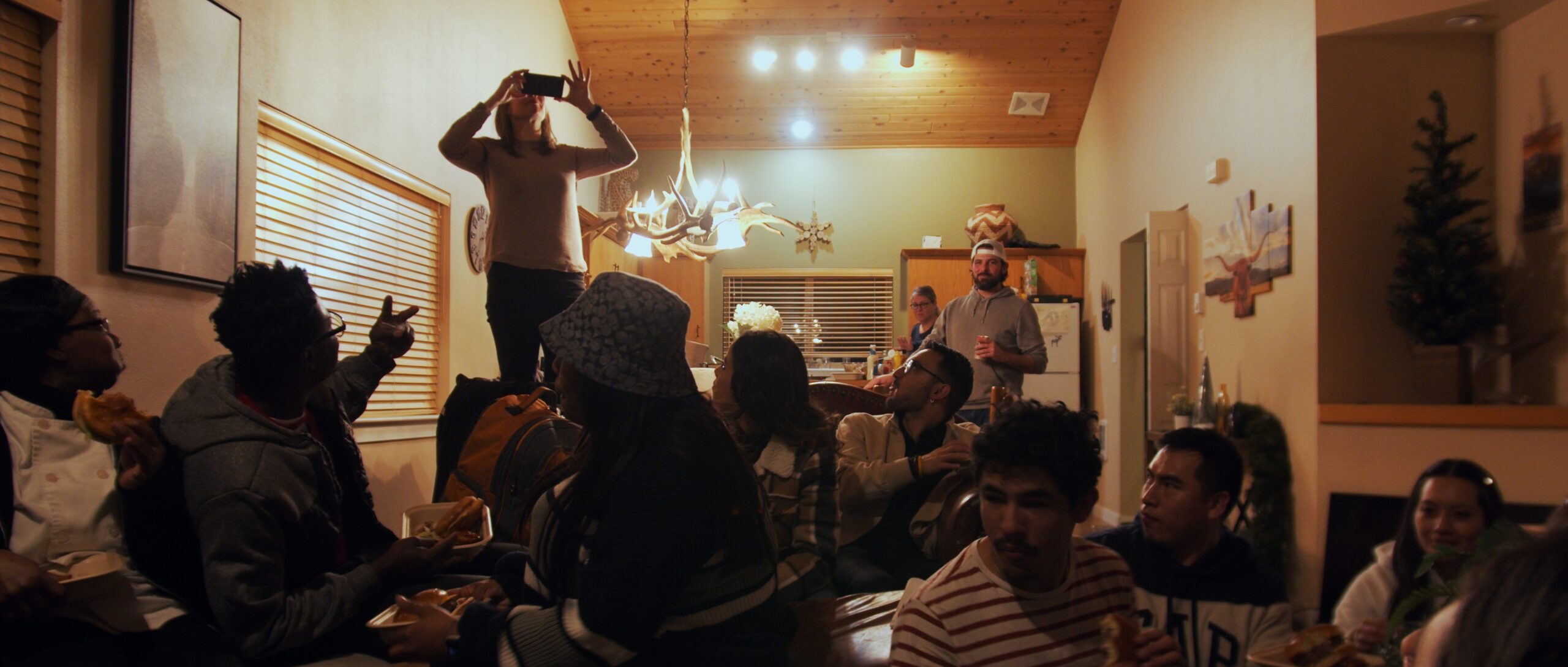
EBS: Tell me what was fun about working on this film.
FG: Yeah, two things come to mind. The first thing that I really filmed was the welcome party at Tips Up. And that was awesome, because you walk in the door and you were met by a group of people from, you know, 30 different countries, speaking 10 different languages, all in the same place in Big Sky, Montana. It’s not something I would have ever expected. And I got to meet a bunch of cool people, and everybody was so welcoming and kind… that was that was a lot of fun, just to see them having fun.
And the other one that comes to mind is having coffee with Natalie. So Natalie, as you know, is one of the main subjects of the documentary. And we were filming one day, and I followed her to her English class with one of her friends in Bozeman. And then on the way back, she said, “Hey, I’d love to make you coffee,” because she’s been telling me all about how important coffee is to her—she’s a barista back in Colombia.
So went back to Rainbow Ranch, where she works, and she made me a cup of coffee in the kitchen with beans roasted in Colombia, and it was delicious. But it was just cool to step outside of my role as the filmmaker, and even though I was filming that… we just get to have a human connection between the two of us, and she gets to share a part of her life and her culture that she really loves. So that was awesome.

EBS: What was one thing that you wanted to have in the film, but you just couldn’t make it fit, or it just didn’t fit with the story?
FG: I really wanted to film people arriving in Big Sky for the very first time. And stepping off the plane and getting in a shuttle, and driving up the canyon and just seeing everything for the first time. Because some of these people are in countries where it never snows. You know, other people are more familiar with mountains and snow, but I just think it’s such a unique location, and I really wanted to see it through their eyes for the first time.
But just due to scheduling—all that happens in a pretty short period of time—I wasn’t able to ride along with anybody on their first initial arrival.
EBS: Tell me just a bit about your background with filmmaking—what similar types of documentary projects have you worked on? And how does this [film] build off prior experience? And also, how is this project different?
FG: I’ve done one other project at this scale, which was when I was going to college at Northern Michigan University. I was working for a small nonprofit farm, educational farm, and I filmed a short documentary about the construction of a new farm and teaching area in Ishpeming, Michigan. So I think that was the first one where I was following characters for weeks or even months at a time and creating a story. So I definitely learned a lot from that. Got to apply it here.
… Everything contributes, you know, like, some of the video work that I do for Explore Big Sky, just interviewing people on the street … you end up using those chops. And even outside of filmmaking, like being a journalist and writing stories, you use a lot of the same skills.
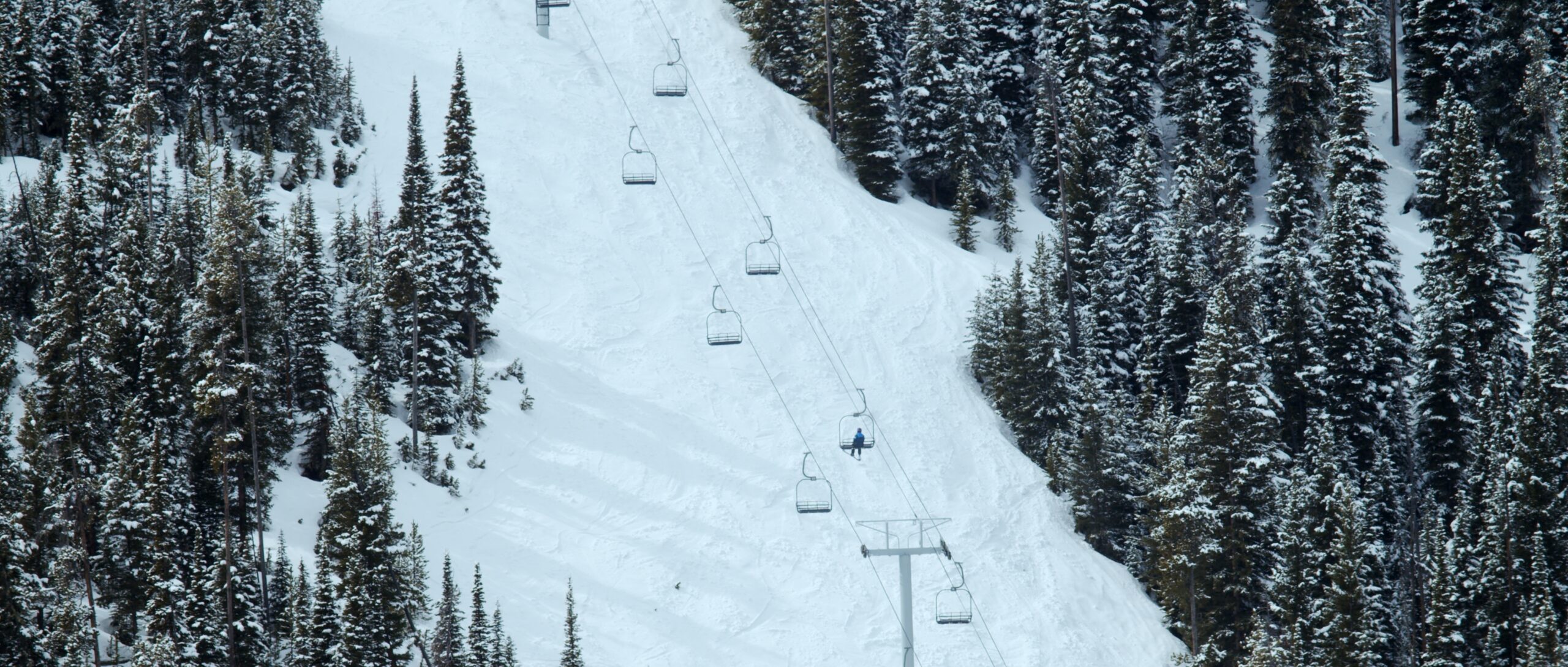
This film was different because… I wasn’t as plugged in to the group of people that I wanted to tell the story about… When I went to that welcome party the first time, I was like, all right, I don’t know any of these people, and I need to find the story here and introduce myself to these complete strangers and see if they’re okay letting me into their life for a little bit.
So, Laura Seyfang [of Community Support Group] did help me a lot, connecting me to some people, but there are also people I just met in person. And I was like, “Hey, can we do an interview sometime? I want to hear more about your story.” And so that was really interesting and a little bit intimidating… I’m just gonna jump into this world and see who will let me in and tell me about themselves.
EBS: Last question is, what do you hope viewers will take away from this? Like, what are you hoping that the impact of this is for viewers, maybe in Big Sky and maybe beyond?
FG: Yeah, I hope it opens up people’s eyes to a different side of Big Sky that they might not have seen before or might not have noticed as frequently.
Now when I walk around town… you see people waiting at a bus stop, or you see people behind the counter somewhere, or you see all of these people who I now know are seasonal workers, and it just makes me notice and be like, “Hey, I wonder what their life is like,” and maybe you strike up a conversation or something like that. But I just hope it helps people be more aware of all of these people that come to Big Sky every year to make it run.
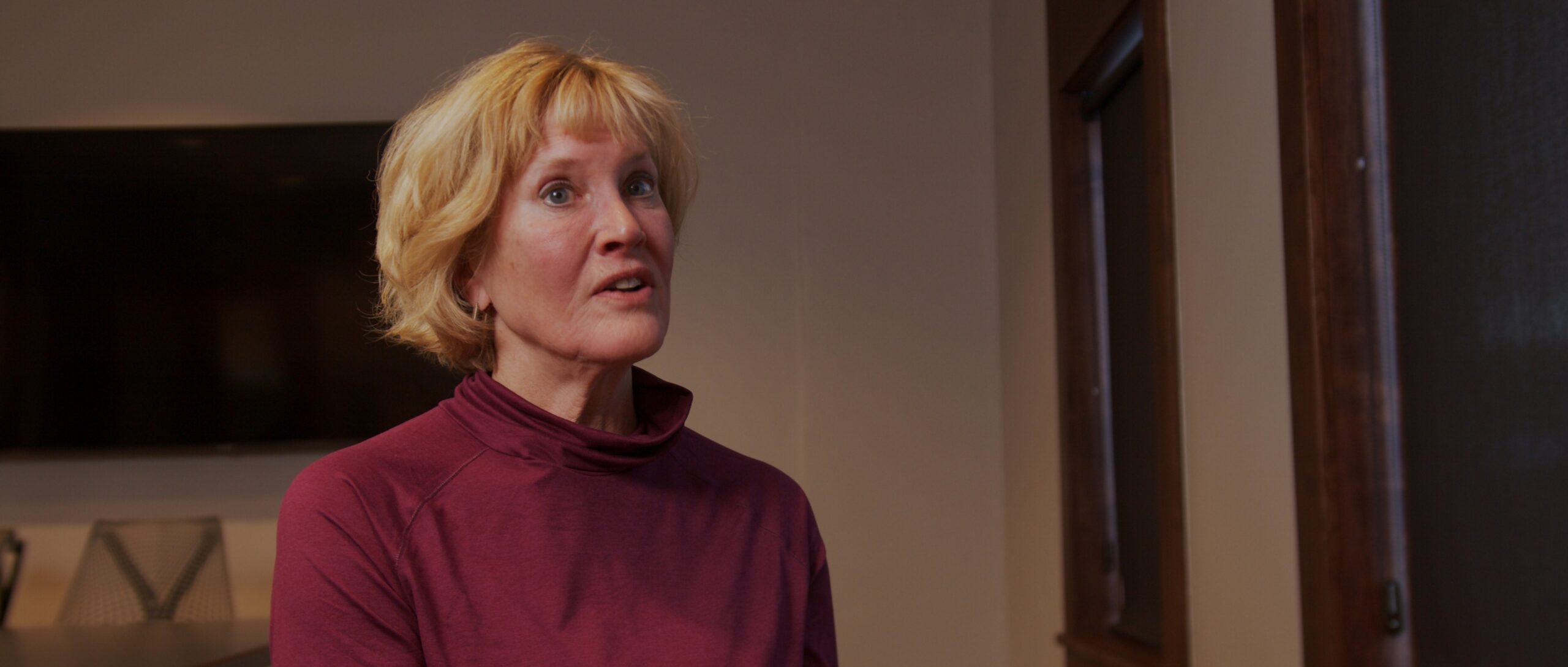
And also, I mean, I would love if more people got more involved in Community Support Group… I just think it’s a really positive exchange both ways, and really benefits the people living here year round or and also the people that are just here for a few months.
EBS: Anything else you want to add about the project?
FG: I think I would just reiterate that this project couldn’t have happened without the support from Laura and the Community Support Group. They’re really awesome. They’re just really doing a lot in the community to welcome these people, and they helped out a lot.





